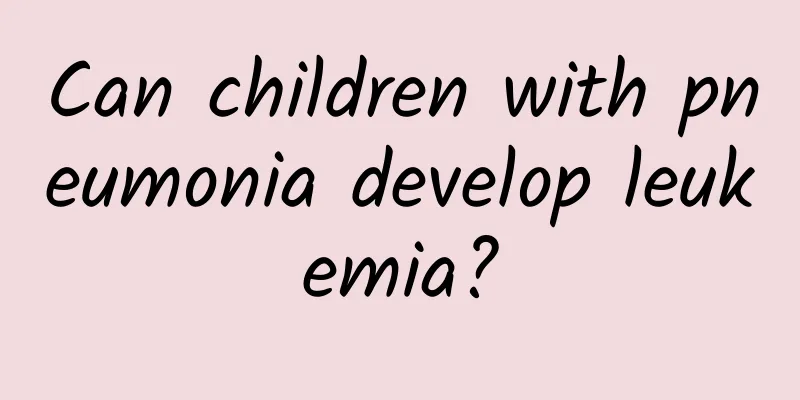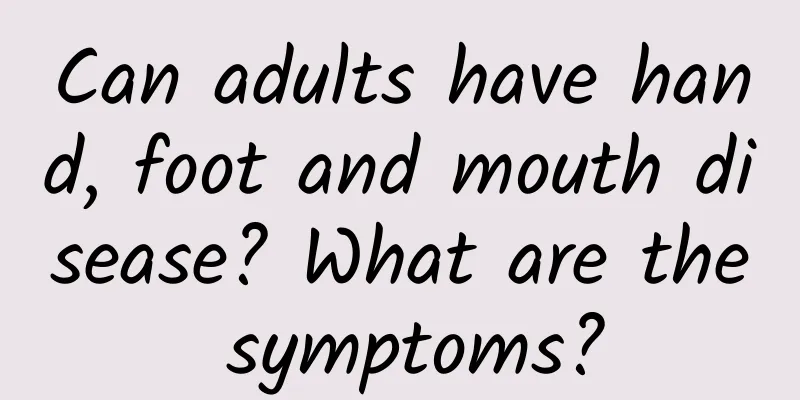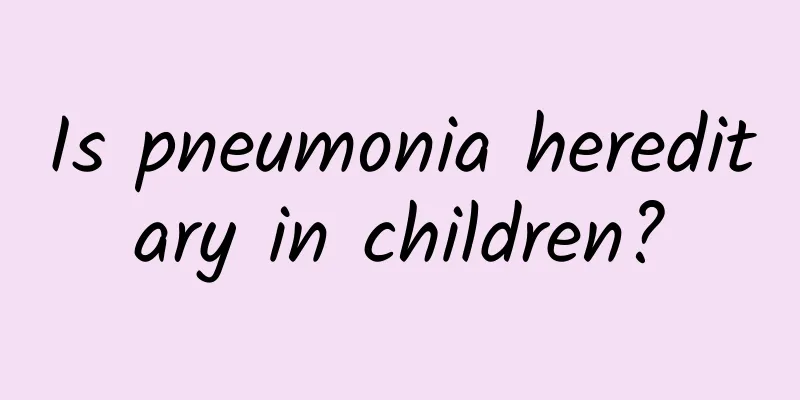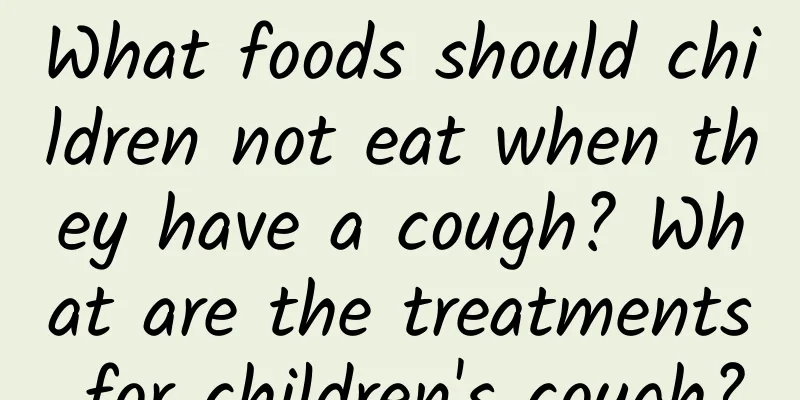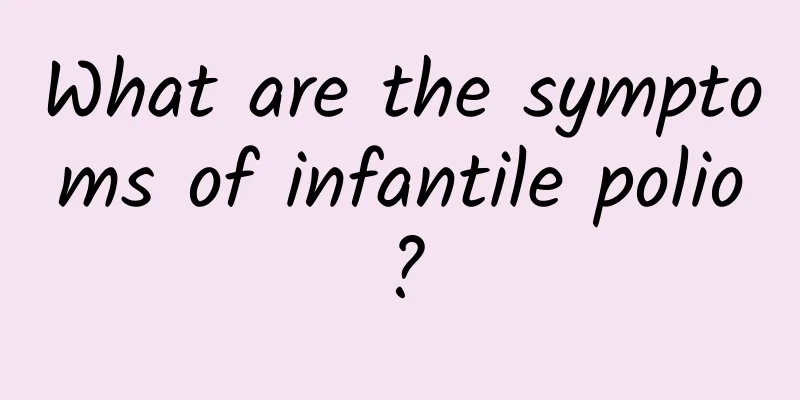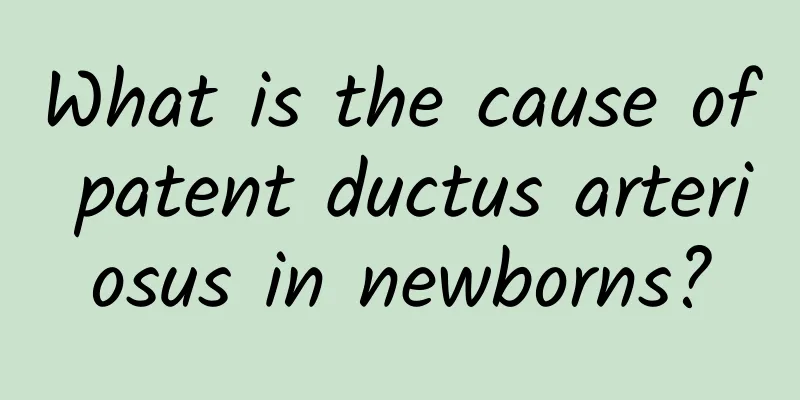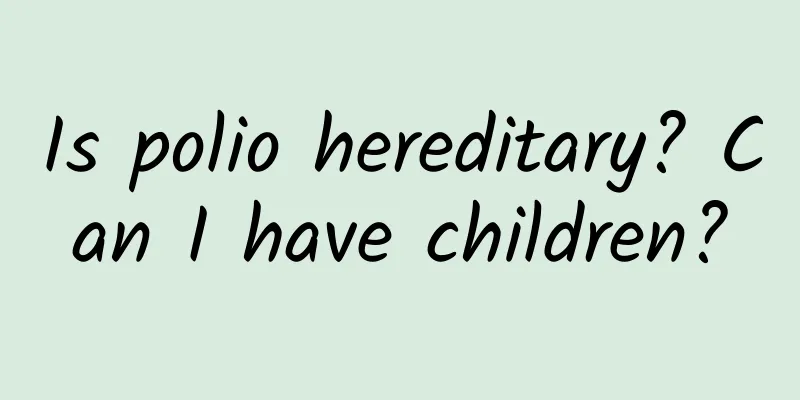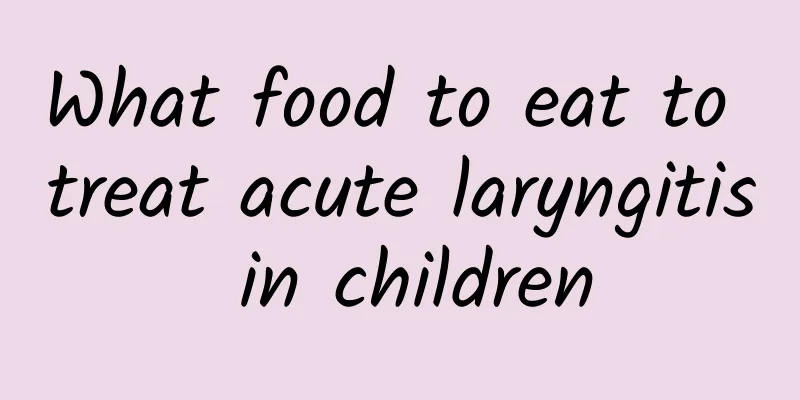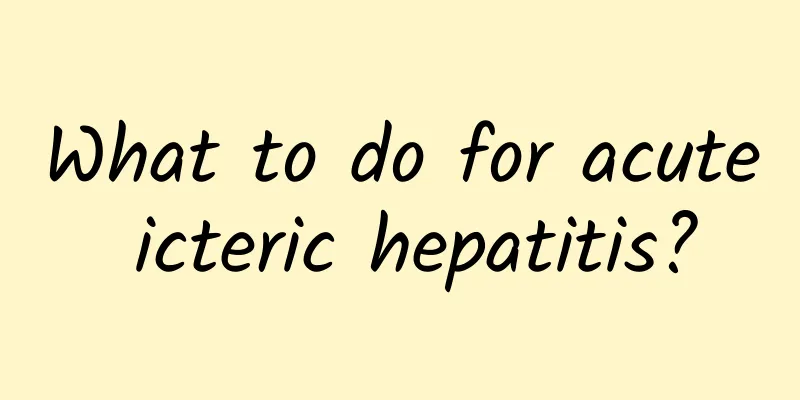How to tell if it's hand, foot and mouth disease

|
Hand, foot and mouth disease is a common infectious disease in children. There are several aspects to determine whether you have hand, foot and mouth disease, including observing symptoms, onset time, contact history, laboratory tests, complications, etc. The details are as follows: 1. Observe the symptoms: Typical symptoms of hand, foot and mouth disease include fever, oral mucosal herpes or ulcers, and rashes on the hands, feet, buttocks and other parts. Fever is usually low-grade or moderate, with a body temperature between 37.5℃ and 38.5℃. Oral herpes or ulcers often appear on the tongue, buccal mucosa, hard palate and other parts, and the pain is obvious, affecting the child's eating. The rash is mostly small herpes that are not painful, itchy, scabbed or scarred, with a red halo around it. Some children will refuse to eat and cry because of oral pain; rashes on the hands may appear on the palms, sides of the fingers and other parts. 2. Onset time: Hand, foot and mouth disease often occurs in summer and autumn. The temperature is high in these two seasons and the virus is easily spread. If a child shows the above symptoms in these two seasons, you should be highly alert to the possibility of hand, foot and mouth disease. In collective places such as kindergartens or schools, hand, foot and mouth disease is prone to clustered outbreaks in summer and autumn. 3. Contact history: Ask the child whether he has a history of close contact with people with hand, foot and mouth disease, such as playing together, sharing tableware, etc. If there is such contact, the risk of contracting hand, foot and mouth disease will increase. 4. Laboratory examination: Through routine blood tests, it may be found that the white blood cell count is normal or decreased, and the lymphocyte ratio is relatively increased. Pathogenic examination, such as enterovirus nucleic acid detection and serological examination, can help to clarify the diagnosis. 5. Complications: Some children with severe hand, foot and mouth disease may experience neurological symptoms, such as drowsiness, headache, vomiting, convulsions, etc.; respiratory symptoms, such as shortness of breath, dyspnea, etc.; circulatory system symptoms, such as pale complexion, cold limbs, cold sweats, etc. If these complications occur, seek medical attention immediately. Once parents find that their children have suspected symptoms, they should take their children to the doctor in time for early diagnosis and treatment to promote their children's speedy recovery. |
<<: Does jaundice of 16.8 need blue light treatment?
>>: How to treat children with ADHD
Recommend
High jaundice after baby is born is related to this bad habit during pregnancy
Neonatal jaundice will occur in almost every baby...
What is the cost of early treatment of acute laryngitis in children?
Experts say that the cost of treating acute laryn...
Can Yinzhihuang Granules be taken by newborns with jaundice?
Whether Yinzhihuang Granules are suitable for the...
What medicine should children take for diarrhea and indigestion?
What medicine should children take for diarrhea a...
Symptoms of vulvar dystrophy
Vulvar dystrophy generally presents clinically as...
What medicine is effective for neonatal jaundice?
Neonatal jaundice usually requires targeted treat...
Polio symptoms in adults
Symptoms of polio in adults usually include muscl...
Can children's eczema be cured by applying ointment? What is the treatment for children's eczema?
Pediatric skin diseases are a symptom with a very...
Is hand, foot and mouth disease serious?
Is hand, foot and mouth disease serious? Hand, fo...
How much saline is appropriate to add to 2ml of budesonide? What are the functions and effects of budesonide?
The most important drug in nebulization therapy i...
Is convulsion in children epilepsy? Common causes of convulsion in children
The symptoms of convulsions in children are very ...
What to do with acute laryngitis in children
Acute laryngitis in children is usually caused by...
What should I do if my four-month-old baby has a runny nose and cough? How should I use medicine if my four-month-old baby has a runny nose and cough?
If a 4-month-old baby has a runny nose and cough,...
Introduction to common diagnostic methods for phenylketonuria
Do you know the common diagnostic methods for phe...
Can a person with polio get married?
Poliomyelitis, also known as poliomyelitis, is ca...
